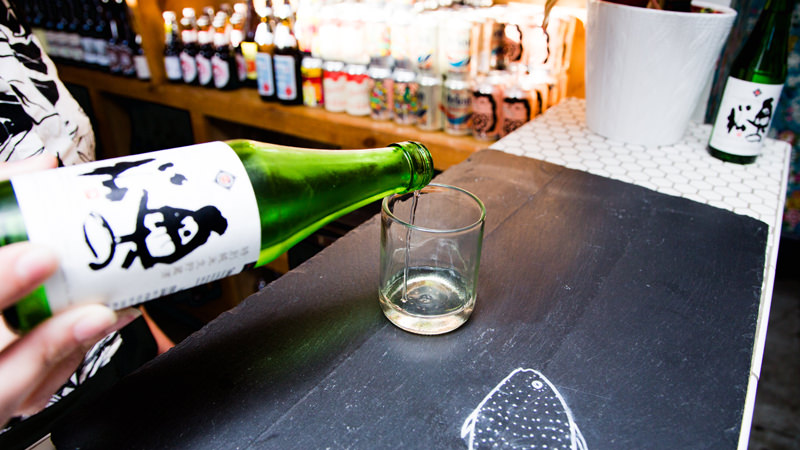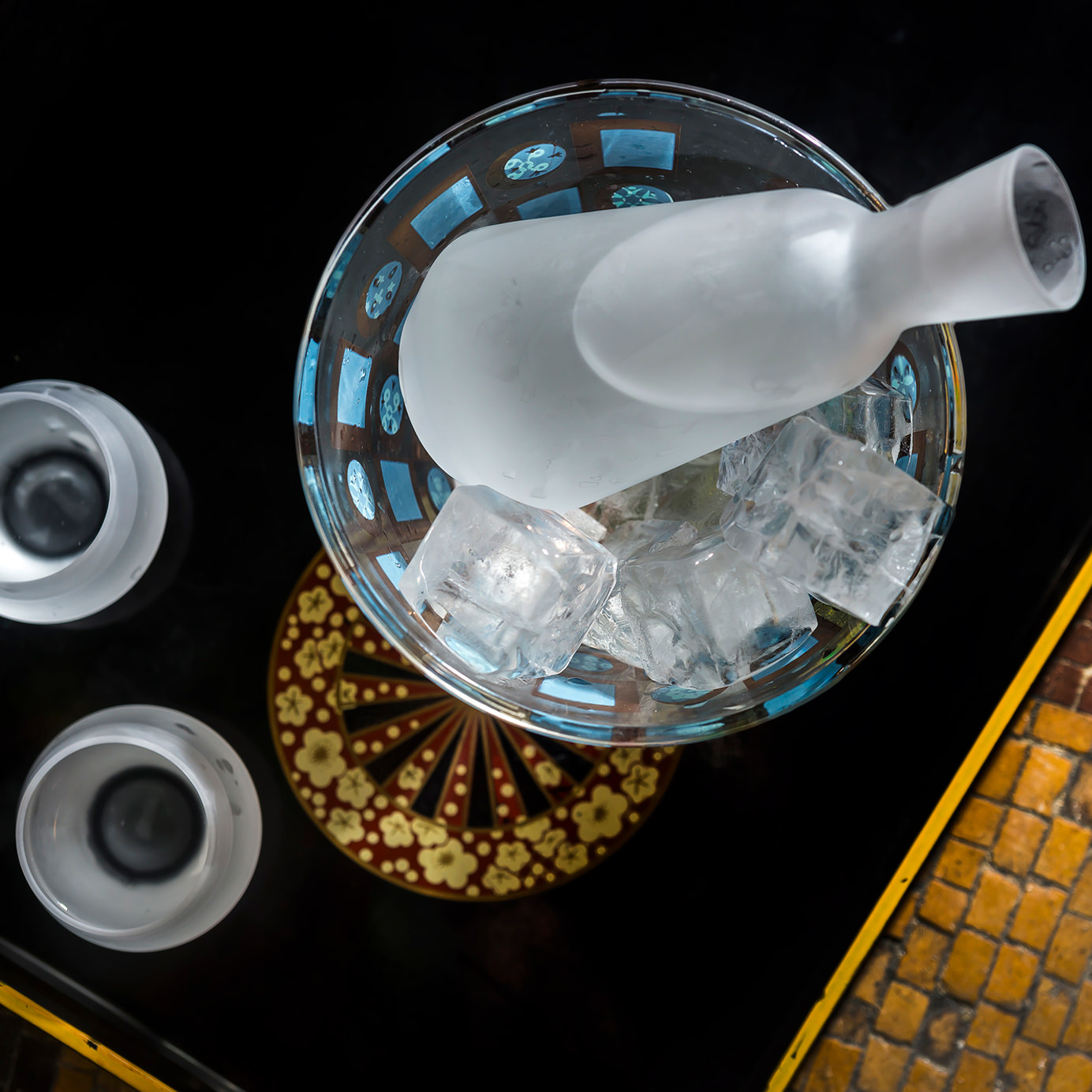For years Americans only knew sake in cheaply mass-produced iterations. We dropped shots of it into pints of Kirin, screaming “sake bomb!” to no one in particular; or sipped hot, boozy versions in strip-mall sushi joints.
The latter comprised my introduction to the category. As a college undergraduate I went to dinner with a roommate’s very generous parents to a very terrible sushi counter in Worcester, Massachusetts. I was newly 21 and drank the warm, acetic sake at our table gratefully; but I swore off the stuff for years thereafter, assuming all sakes were equally astringent.
“It’s almost like you drank a Bud Light, then said, ‘Oh, I don’t like beer’ and never tried another beer ever again,” Todd Bellomy, a partner at Dovetail Sake brewery in Waltham, Massachusetts, told Food Republic. “It’s not fair.”
Marina Giordano, a WSET-certified sake educator, agrees that perception is a problem. “American diners have a misconception of what sake is,” she wrote in an email. “Many people believe it is a spirit, distilled, with high strength alcohol.” In reality sake is brewed in a manner similar to beer. Like wine, it has 14 to 20 percent ABV.
“Sake has fruit, floral, and cereal flavors and aromas,” Giordano explained. “It can be rich or it can be delicate and complex.”
Now the ancient Japanese beverage category is in the midst of a major revival across the United States. Nuanced sakes headline bars, taprooms, and restaurants where they previously weren’t poured. Homegrown craft distillers like Dovetail and Austin’s Texas Sake Co. are emerging, and imports continue to improve.
Chris Pearce, organizer of the annual Joy of Sake exhibition, told Forbes that 89 percent of sakes imported to America now qualify as “premium,” or don’t have added alcohol. “They’re clean and they’re not cloying,” he said.
Premium sakes feature prominently in establishments like Tokyo Record Bar, a newly opened, Japanese-inspired izakaya in New York Greenwich Village. Within a one-mile radius sits Bessou, which pairs a considerable sake program with Japanese comfort foods, and longstanding favorite Blue Ribbon Sushi, where servers pour 37 sakes.
Moreover, diverse sakes are increasingly available at restaurants without direct connections to Japanese food and culture as well. In Providence, Rhode Island, James Beard Award nominee Benjamin Sukle pairs a sake with one of four courses at Birch, his 18-seat New American chef’s counter that celebrates the New England bounty in such courses as squash with fava beans, rock crabs, or grilled Rhode Island duck with chicories and beach plums.
“I think sake is underutilized in most restaurants,” Sukle wrote in an email, adding, “I love drinking it with my whole meal because of how clean it is and how much it changes with each course.”

Oberlin, Sukle’s critically acclaimed, Italian-American-accented seafood restaurant also in Providence, pours 11 sakes by the glass. By comparison there are four red, four white, and three rosé wines on Oberlin’s list. Sukle aims to demystify the category for guests, serving it “as simply as we would serve beer or wine because it’s delicious and beautiful and deserves a spot in the rotation.”
Sake is a permanent fixture at the newly opened Lady of the House in Detroit, Michigan. Chef Kate Williams, an alum of Relae restaurant in Copenhagen, serves hearty, Irish-inflected fare like lamb and oysters in the month-old American spot, which has an undiluted Ginjo sake on tap.
“It’s a hard sell at first,” Matthew Poli, beverage director at the James Beard-nominated Catbird Seat restaurant in Nashville, Tennessee, says. He frequently suggests sakes to pair with the experimental New American tasting menus, but notes that it often requires a conversation with guests who are initially unfamiliar with or unenthusiastic about the category.
This could change as more sakes are available and accessible to diners looking to pair drinks with meals. Sakes are versatile food pairings because they contain less acidity than wine, according to Giordano, and have “amino acids that increase umami” in savory dishes from chicken pot pie to pizza.
“If you look at trends in the beer industry, people just liked easy-drinking macro lagers for the longest time,” Poli says. “It took so long before people were turned onto Belgian beers and German beers. And now everyone’s crazy about sour beers.” He credits this to “a shift in people’s palates.”
As national tastes continue to evolve, sakes could go the way of rosé, mezcal, or countless other food and beverage imports we have enthusiastically adopted. Twelve years ago many Americans struggled to pronounce quinoa, let alone expected to purchase it at Walmart.
“It’s easy to look down on something, or want to shy away from it, when you don’t understand what it is,” Poli says. He is talking about sakes but the insight feels broadly, poignantly metaphoric. “Or maybe they’ve just had some really bad sake before,” he says as we both laugh, because haven’t we all?
